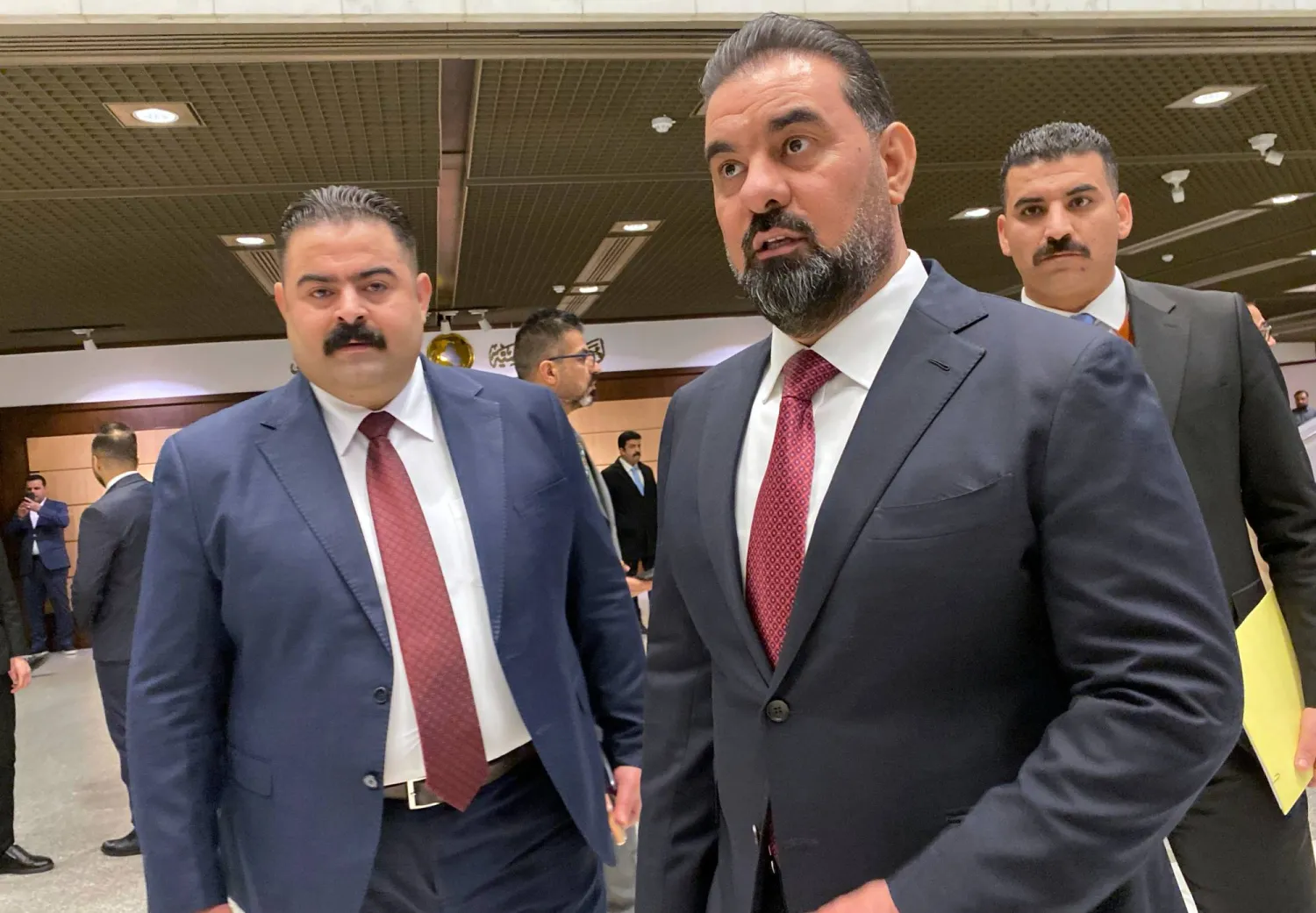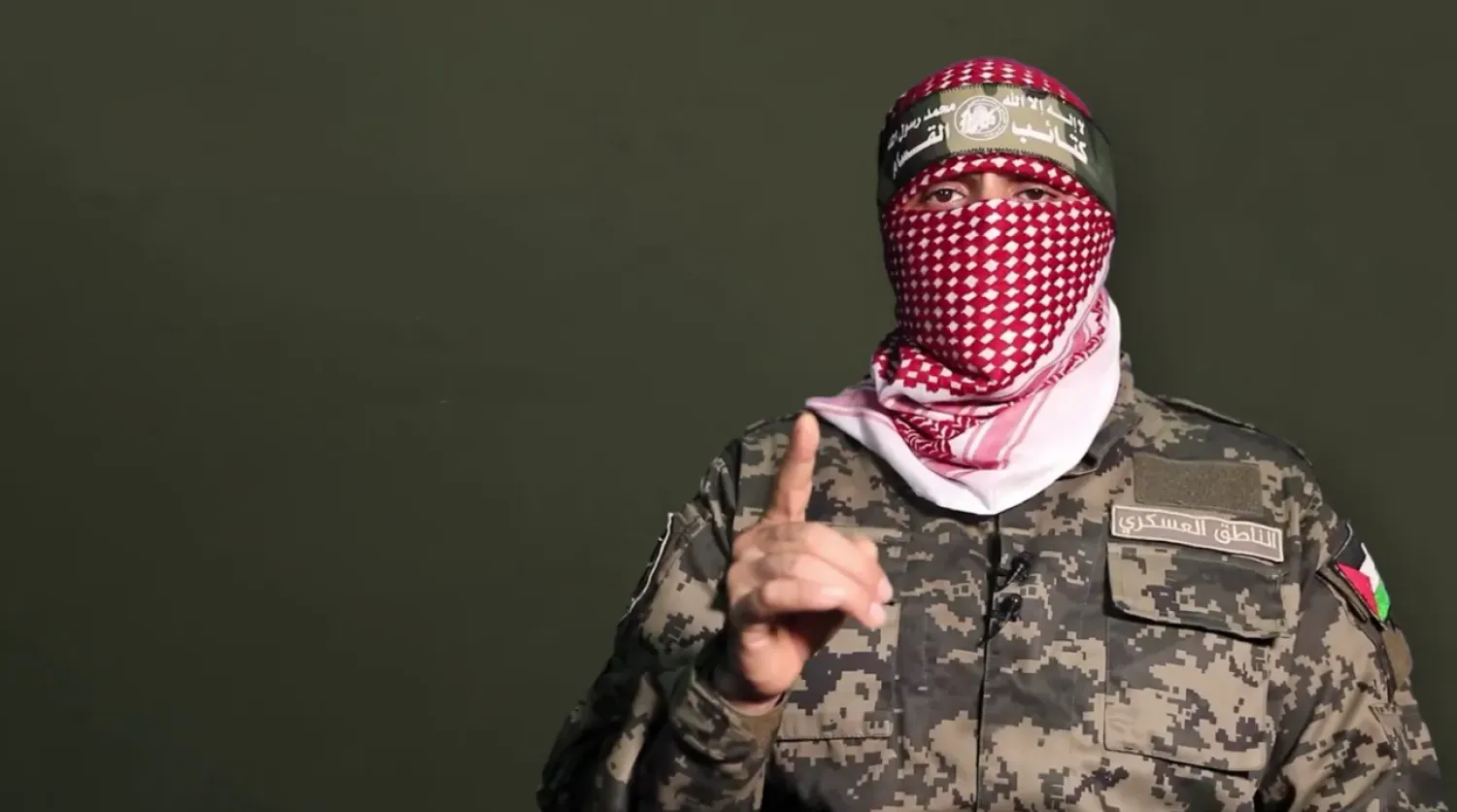Two Algerian soldiers were killed on Saturday in a clash with extremists, four of whom were also killed, the defense ministry said.
“During a search operation... a detachment of the People’s National Armed Forces shot dead four terrorists” west of the capital, a ministry statement said.
It identified the soldiers killed in the Tipaza district as a sergeant and a corporal, in one of the deadliest such clashes in recent years.
Several firearms were recovered, the ministry said, adding that the operation was still underway, AFP reported.
Between 1992 and 2002, a civil war pitting the army against multiple extremist groups left an estimated 200,000 people dead.
A 2005 Charter for Peace and Reconciliation was supposed to have turned the page on the conflict, but extremist groups continue to carry out sporadic operations.
Last month, a clash in the Jijel region east of Algiers killed an army staff sergeant and three suspected militants. The army later announced it had captured a “dangerous terrorist.”
Over the course of last year, 21 militants were killed, nine were captured and seven surrendered during Algerian army operations, the military said in a tally published on Saturday.
A statement added that the army had arrested 108 people who had provided support to the militants last year, as well as seizing dozens of firearms, while experts neutralized nearly 400 bombs and mines.









